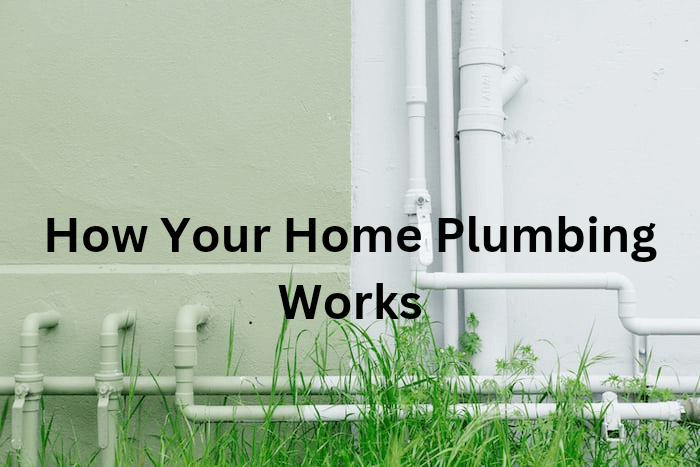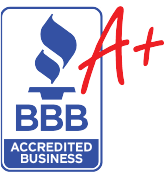The plumbing system is an important component of your house and comprises of two main systems, namely the water supply system and the drainage system. The water supply system brings freshwater in, while the drainage system takes wastewater out. However, understanding how your home’s plumbing works will save you some headaches in case of an emergency.
Types of Plumbing Systems
The following are the two main types of plumbing systems to give you a glimpse of how your home plumbing works:
Water Supply System
The water supply system usually circulates freshwater from the main valve. If you have city water, the water enters through the main supply and gets to all areas in your house under high pressure. The water then passes through a meter that measures the amount of water coming into your house. Should you have a plumbing emergency, you can quickly turn off the main shutoff valve or stop valve, which is usually located close to the meter. Without the main shutoff valve, your house can get flooded when a pipe bursts.
Nevertheless, some modern houses have individual stop valves that can help in case of plumbing emergencies. For example, you may not need to turn off your entire water supply if you have a leak in your sink, shower, or toilet. If you need cold water, then water from the main supply is immediately ready for use. Otherwise, there’s one more step if you need hot water. One pipe will carry the fresh water from the cold water system to your water heater. From the water heater, a hot water line will then reticulate it to all the fixtures, such as toilets, sinks, tubs, faucets, and washing machines, as well as outlets and appliances. A thermostat on the water heater maintains the water temperature based on the settings.
Drainage System
The drainage system carries wastewater and sewage from your sinks, bathtubs, showers, toilets, dishwashers, and washing machines to the septic tank or public sewer. It includes vents, traps, and clean-out plugs.
Vents
The vents are openings sticking up from rooftops through which gases, especially air, can pass. Without the vents, there wouldn’t be an air supply to the drainpipes, wastewater wouldn’t flow out properly, and water in the traps would need to be siphoned away.
Traps
Traps are the curved or U-shaped section of the pipe under a drain. They’re usually located between the drains and the pipes. They allow wastewater to pass through to the sewer system, hold standing water, and prevent sewer gas from backing up into your house.
Clean-out Plugs
Grease and hair often clog your drains. So, a clean-out plug gives you or your plumber easy access to remove any stubborn clog or break up any blockage.
It’s important to know how your home’s plumbing system works, but that doesn’t foreclose the possibility of any plumbing emergencies. Always seek help in such situations.
How Plumbing 911 Can Help
Plumbing 911 is a reputable plumbing firm made up of professionals. Plumbing 911 offers full service for both residential and commercial properties, including everyday maintenance and emergency needs. Our professionals are skilled in fixing clogged drains and toilets, leaky and damaged faucets and pipes, low water pressure, running toilets, sump pumps, and water heaters. For a free inspection in your area, call Plumbing 911 at 1-866-720-0911, schedule an appointment today, or send an email. We cover Cuyahoga East, Cuyahoga West, Medina, Summit, Stark, Lake, and Geauga.













